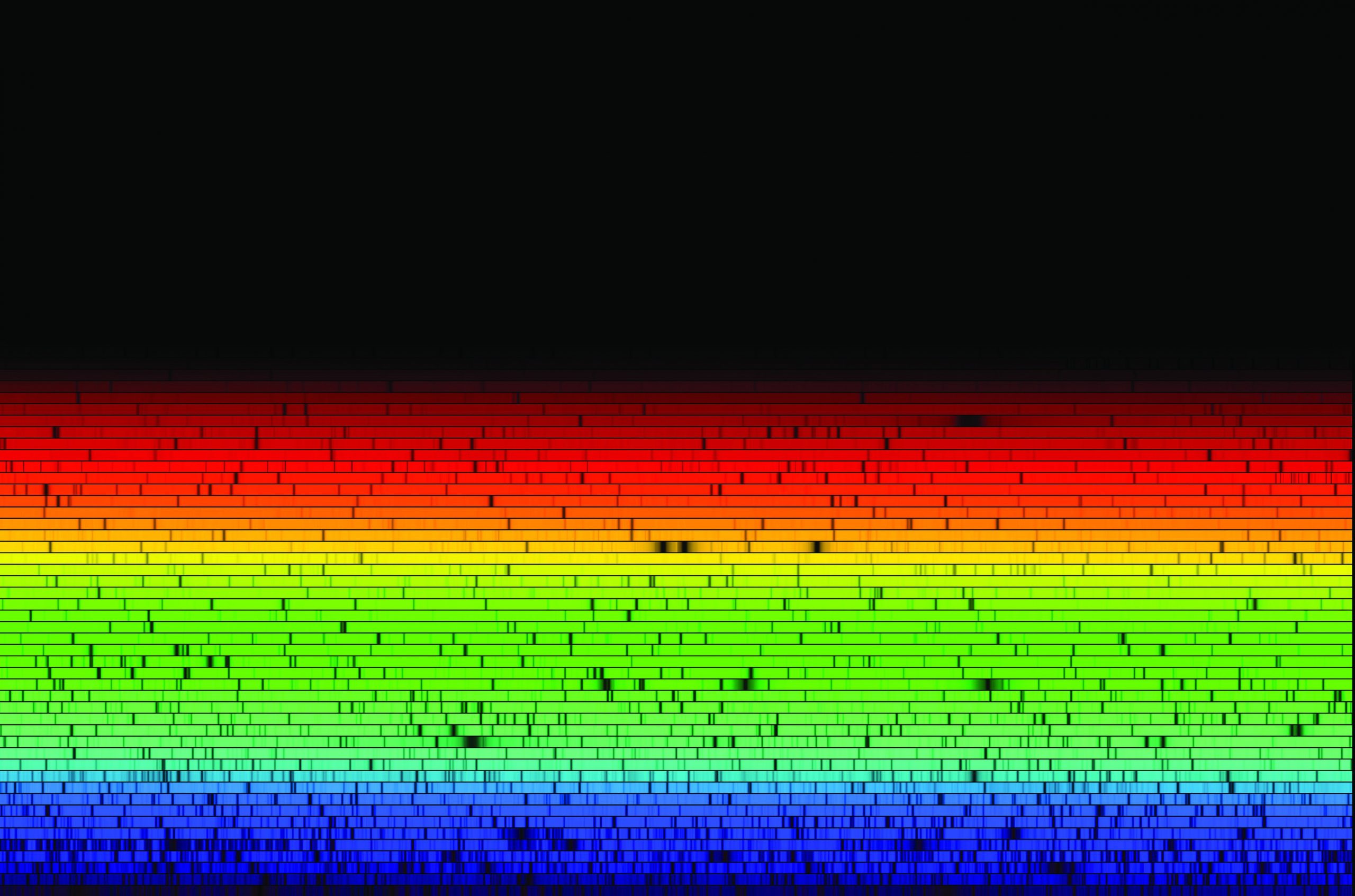
Fraunhofer lines in the Sun’s visible spectrum
N. A. Sharp, NOAO/NSO/KITT PEAK FTS/AURA/NSF/SPL
The Sun's luminosity and surface temperature (1) identify it as a Type-G main-sequence star (2). Like all mainsequence stars, the Sun is powered by hydrogen fusion reactions in its core. These reactions release energy (see pages 2–6), maintaining a high temperature and preventing gravitational collapse.
The Sun emits electromagnetic radiation over a very wide range of wavelengths, and its photosphere (surface) has a spectrum that corresponds closely to that of an ideal thermal radiator (black body) at about 6000 K (3).
Your organisation does not have access to this article.
Sign up today to give your students the edge they need to achieve their best grades with subject expertise
Subscribe




